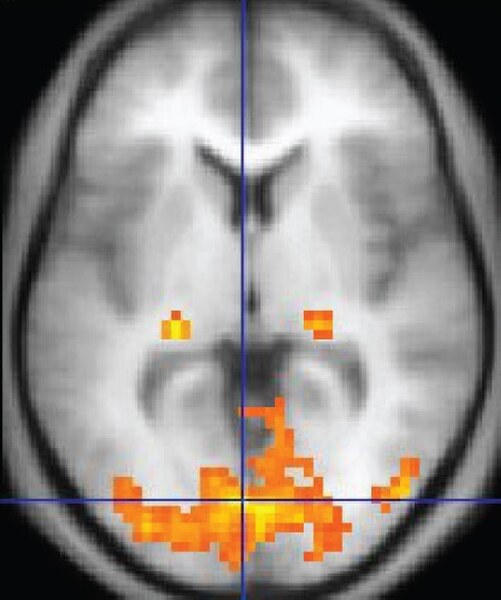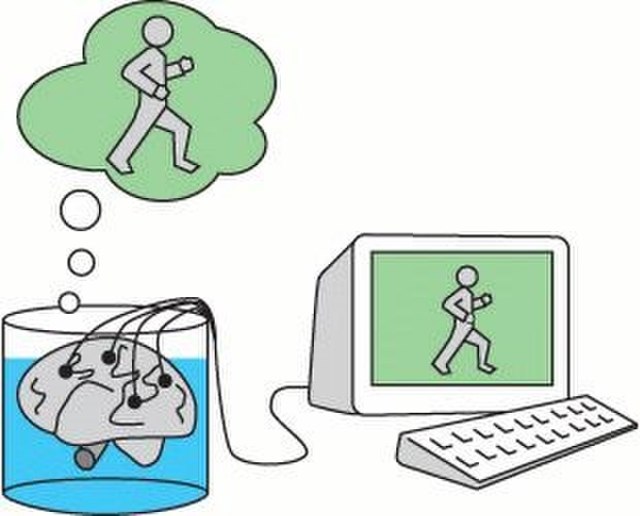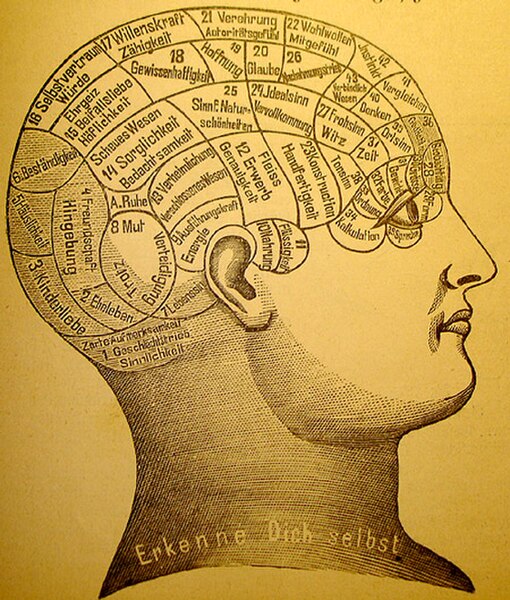Phineas P. Gage (1823–1860) was an American railroad construction foreman remembered for his improbable[B1] survival of an accident in which a large iron rod was driven completely through his head, destroying much of his brain's left frontal lobe, and for that injury's reported effects on his personality and behavior over the remaining 12 years of his life—effects sufficiently profound that friends saw him as "no longer Gage".
Gage and his "constant companion"—his inscribed tamping iron—sometime after 1849, seen in the portrait (identified in 2009) that "exploded the common image of Gage as a dirty, disheveled misfit" [K]
The "cone of uncertainty" for the path taken by the tamping iron. Gage's mouth was open at the moment of the explosion, and the front and back of his skull temporarily "hinged" apart as the iron entered from below, then were pulled back together by the resilience of soft tissues once the iron had exited through the top of Gage's head.
The first known report of Gage's accident, understating the thickness of his tamping iron (by confusing its diameter with its circumference) and overstating the iron's length and the damage to Gage's jaw.[M] "[Gage's] fame is of the kind that is, and in his case literally so, thrust upon otherwise ordinary people", writes Malcolm Macmillan.[M]
The entry damage to Gage's left cheek, and the raised bone fragment in the exit area above his forehead, are visible in this plaster cast taken in late 1849.
The mind is the totality of psychological phenomena, including thought, perception, emotion, motivation, memory, and learning. It encompasses both conscious processes, through which individuals are aware of external and internal circumstances, and unconscious processes, which can influence individuals without their awareness. Traditionally, minds were often conceived as separate entities that can exist on their own but are more commonly understood as features or capacities of other entities in the contemporary discourse. The mind plays a central role in most aspects of human life but its exact nature is disputed; some theorists suggest that all mental phenomena are private and directly knowable, transform information, have the ability to refer to and represent other entities, or are dispositions to engage in behavior.

Obsessive–compulsive disorder is a mental disorder in which a person follows compulsive rituals, like excessive hand washing, to alleviate anxiety caused by intrusive thoughts.
Functional magnetic resonance imaging is a neuroimaging technique to detect brain areas with increased neural activity (shown in orange).
Philosophers use thought experiments to explore the nature of the mind and its relation to matter, for example, by imagining how a brain in a vat would experience reality if a supercomputer fed it the same electrical stimulation a normal brain receives.
Phrenology was a pseudoscientific attempt to correlate mental functions to brain areas.








